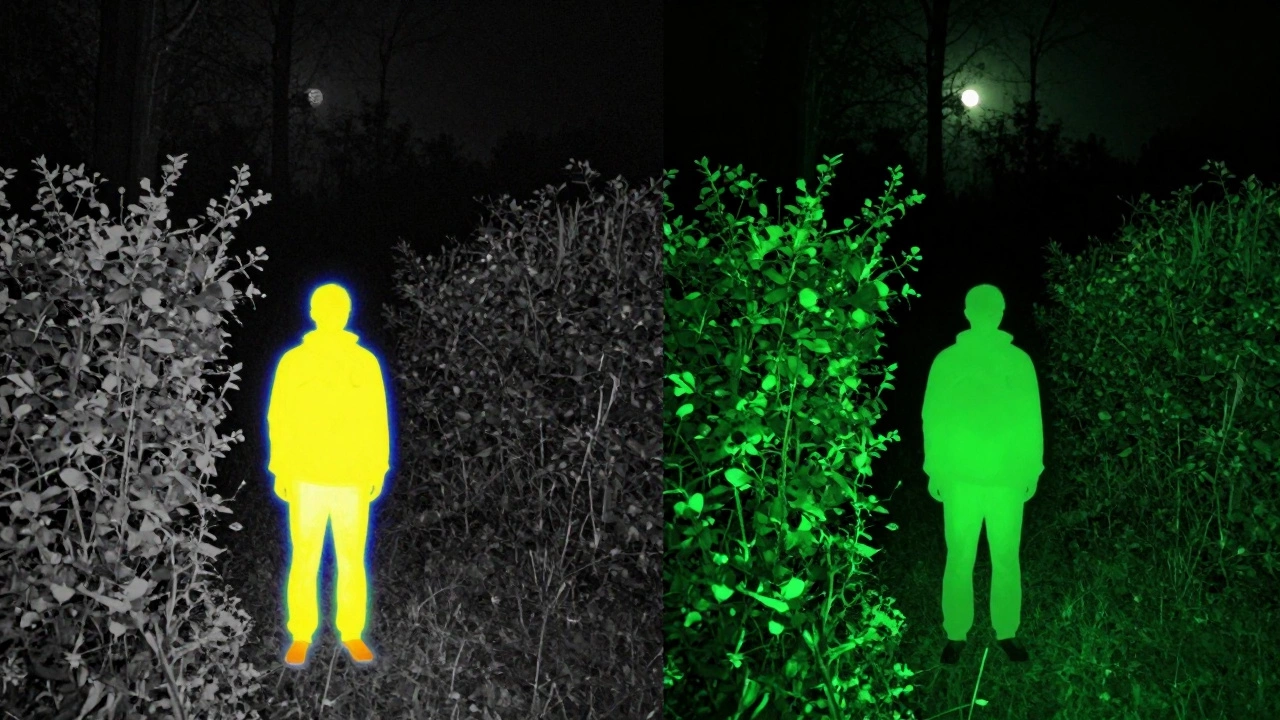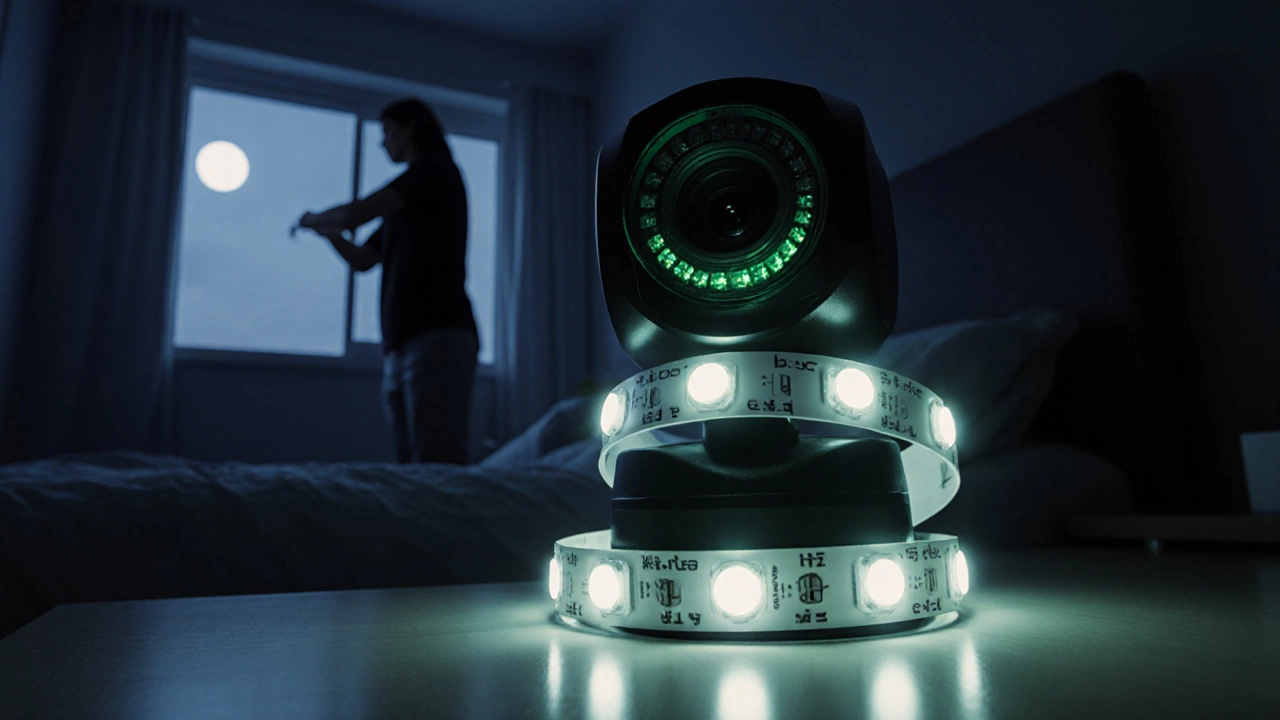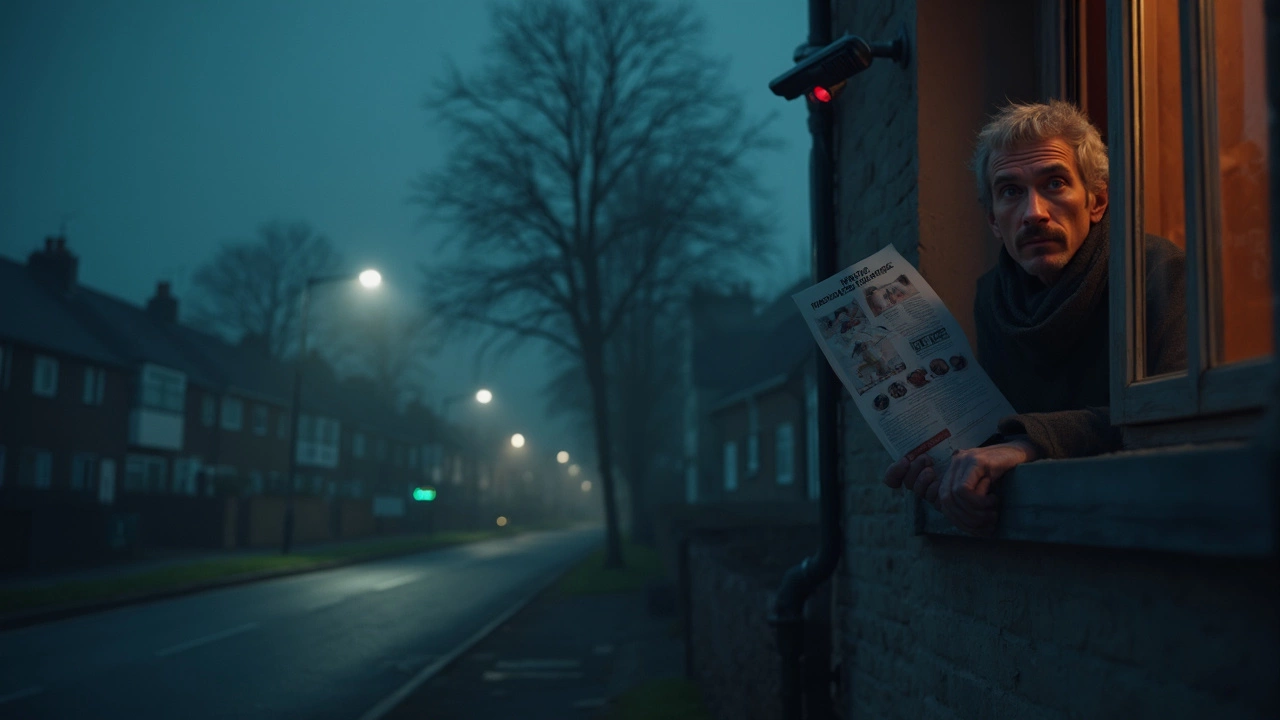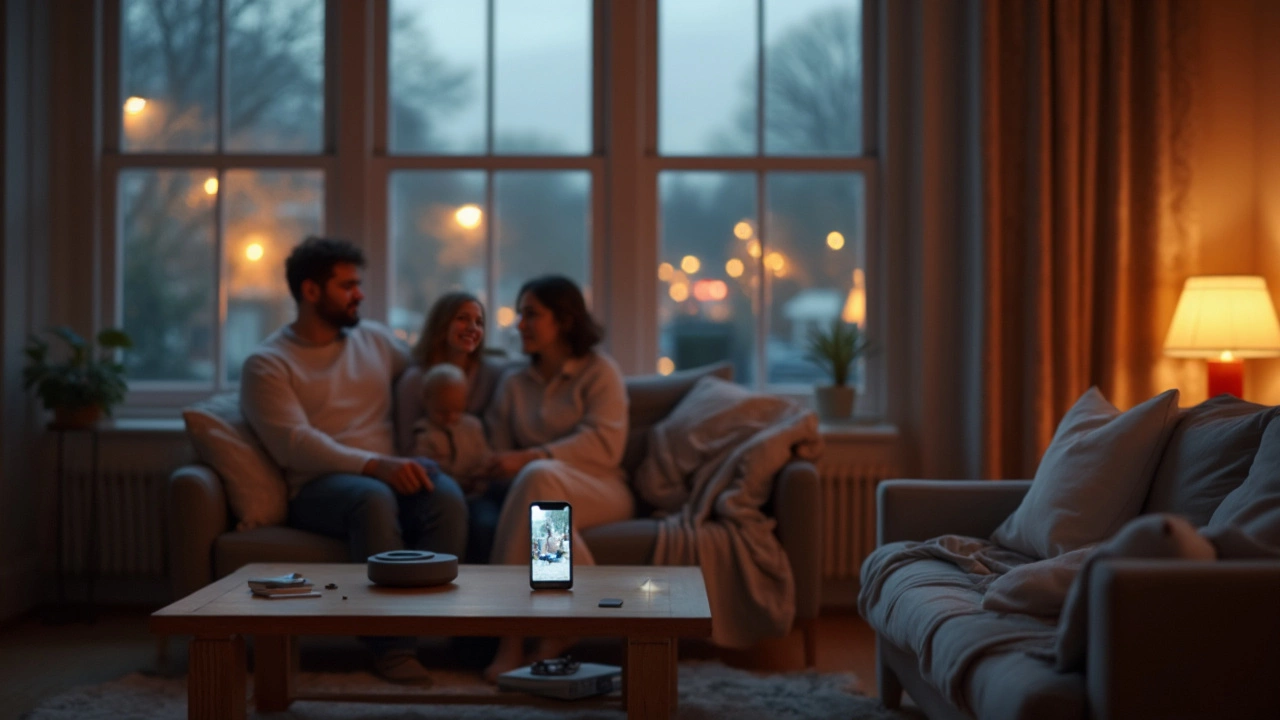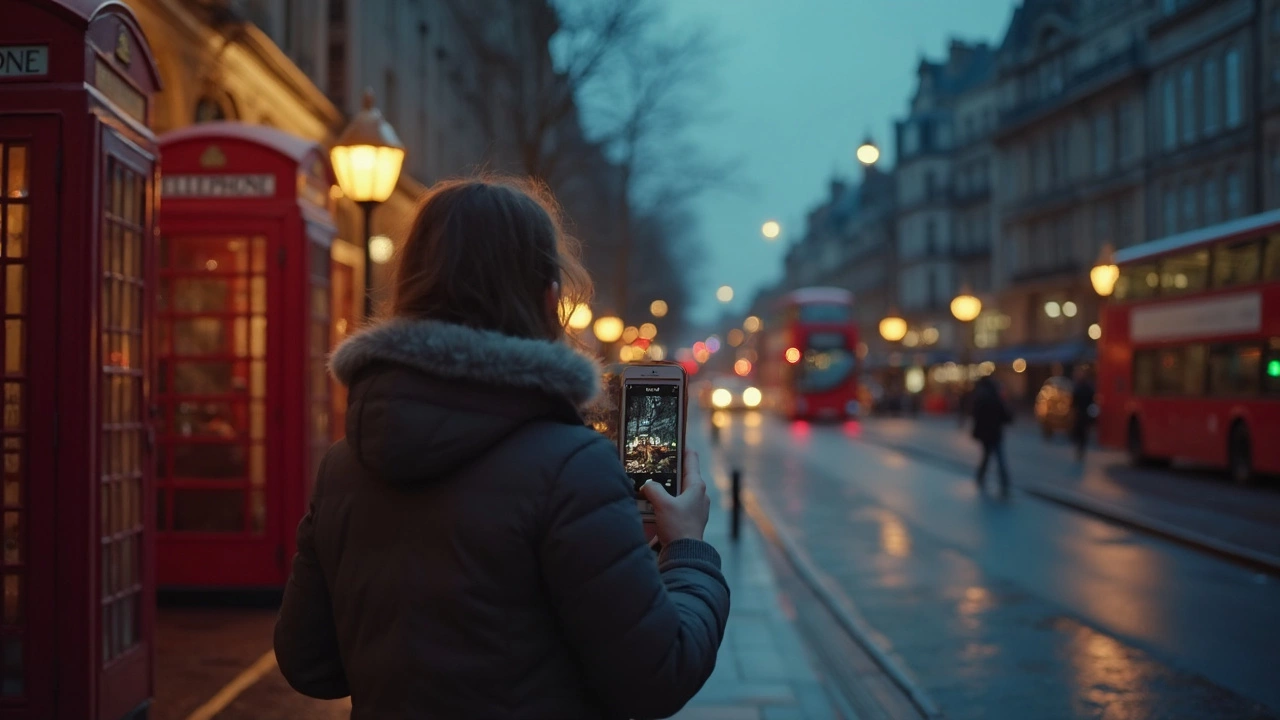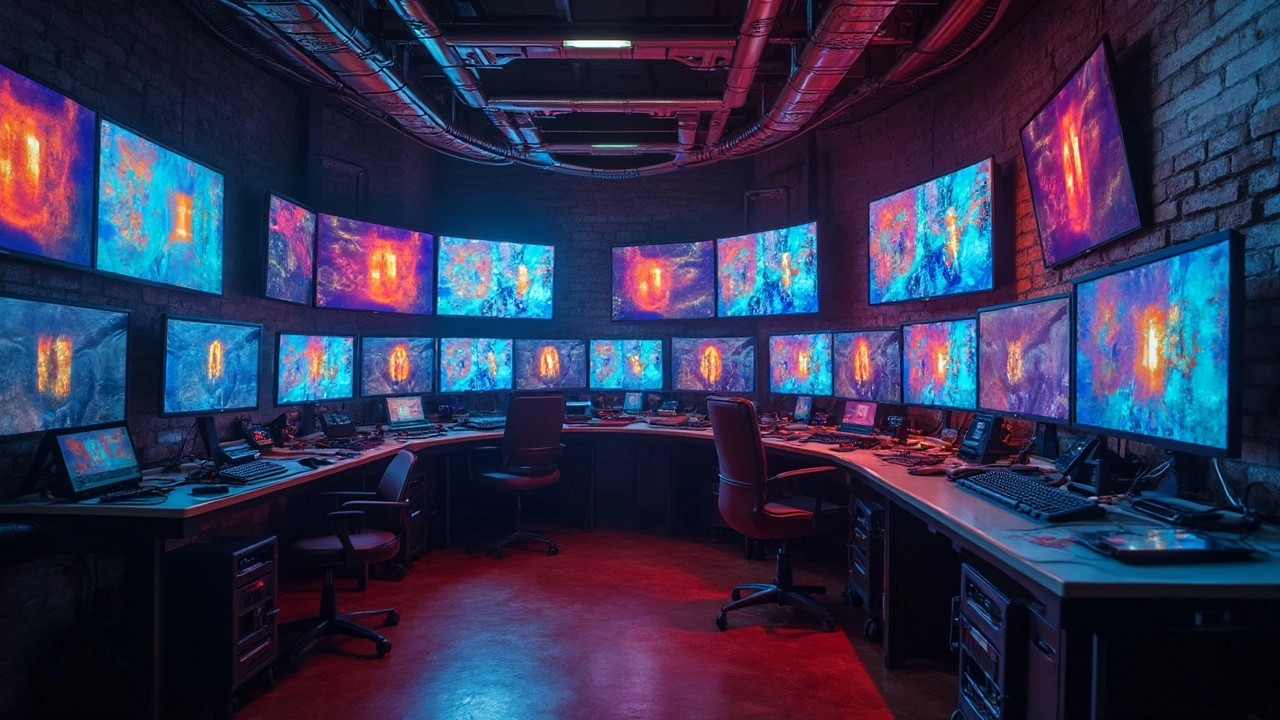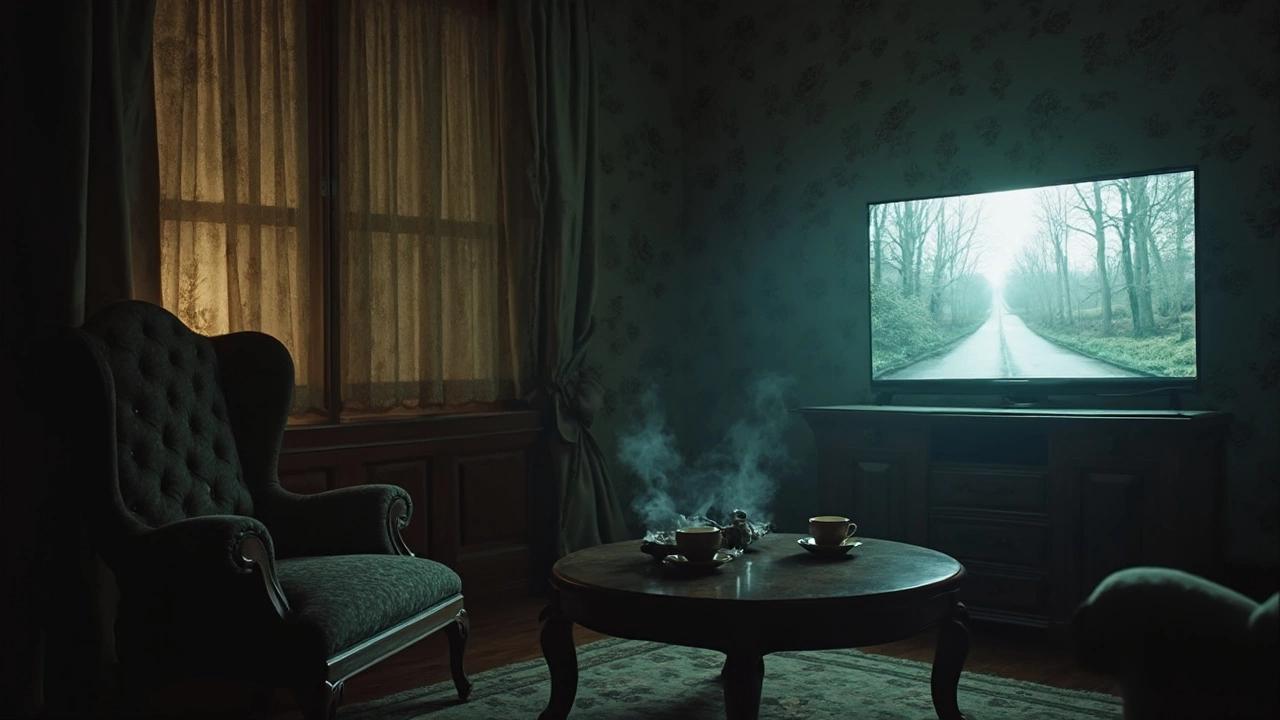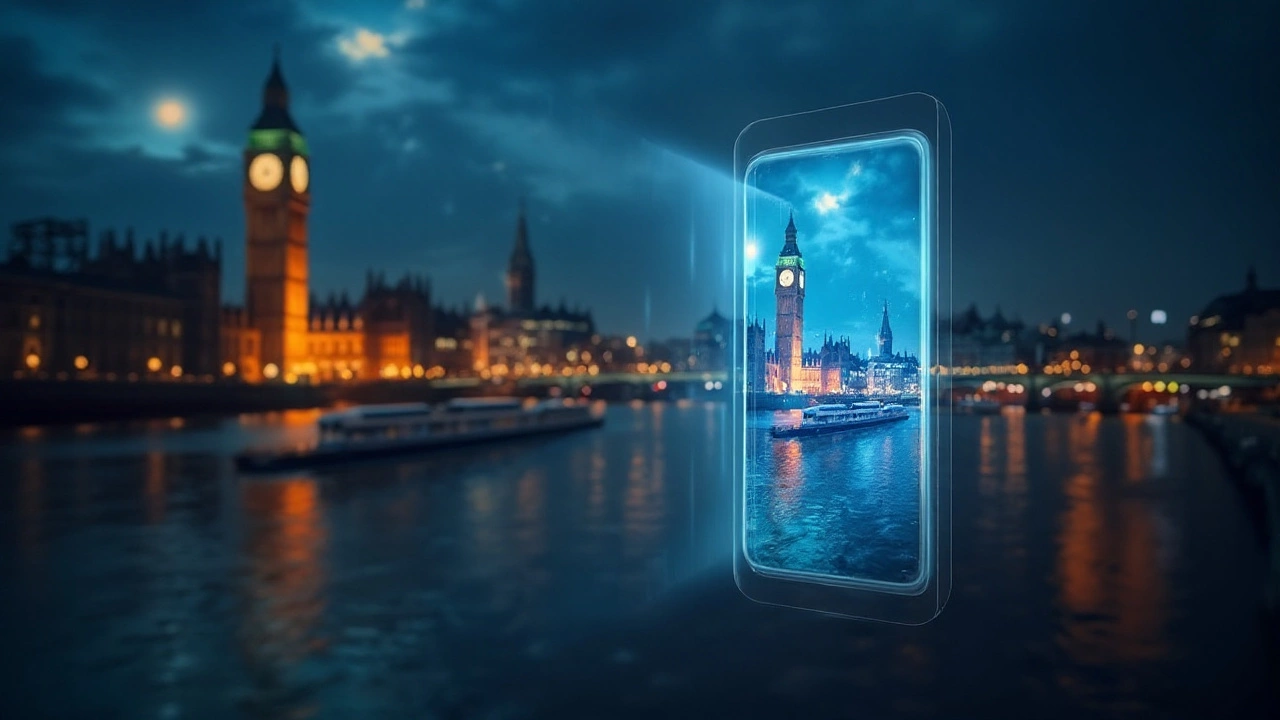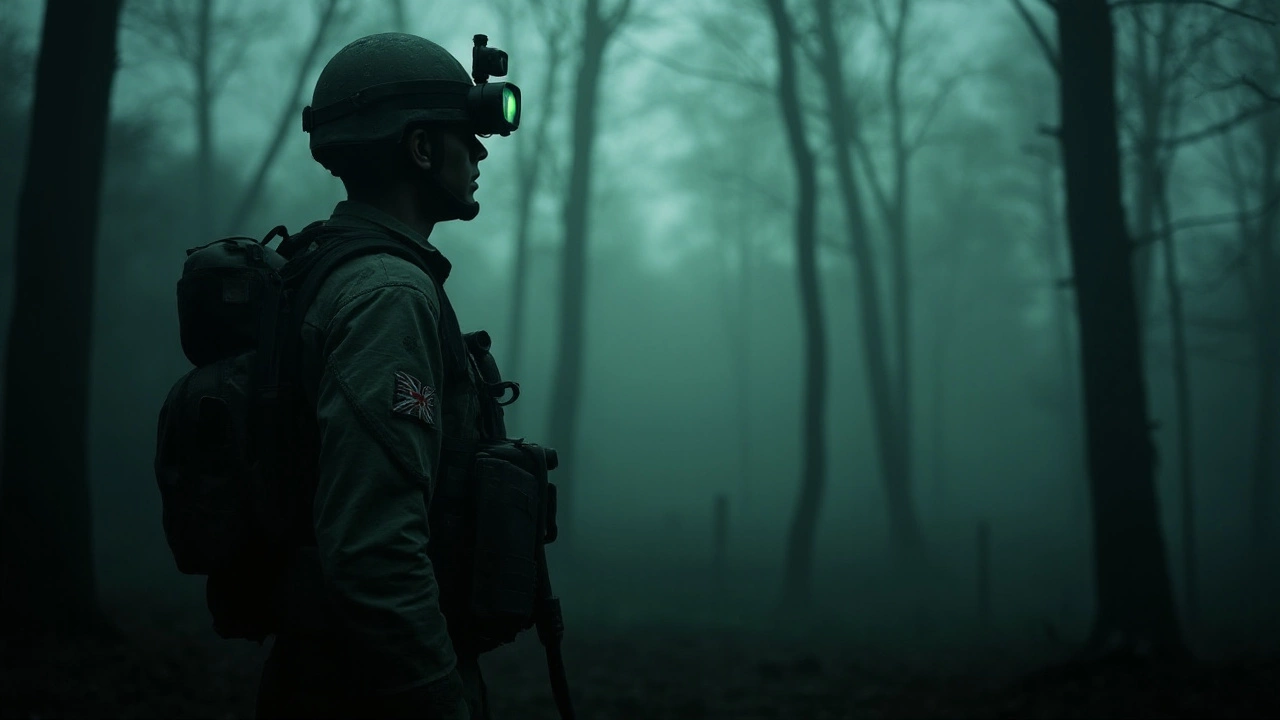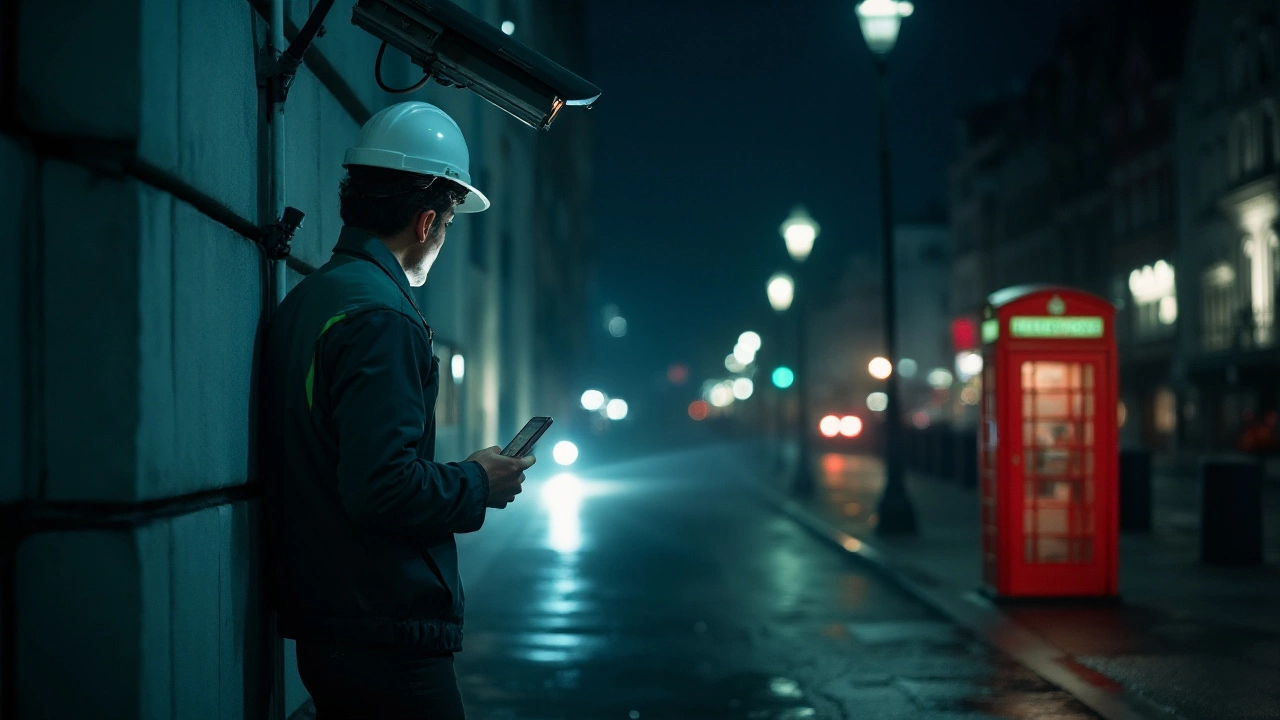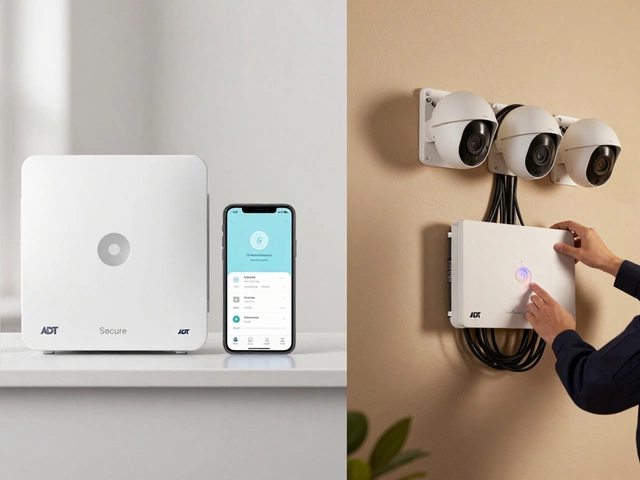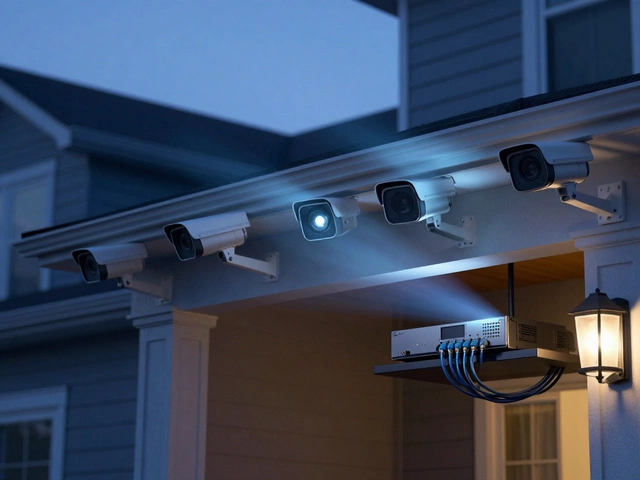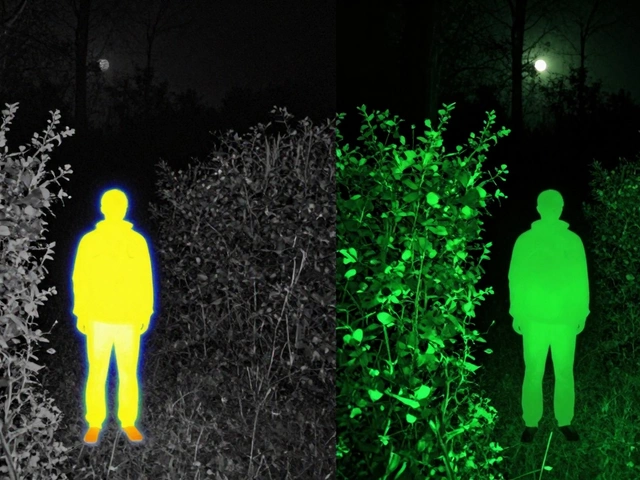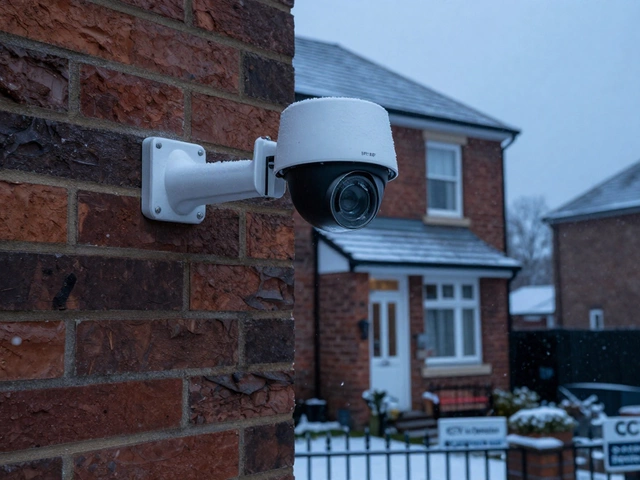Night Vision Essentials for Home Security 2025
Ever wonder why some cameras capture crystal‑clear footage after dark while others just show a black screen? The difference is night vision, and it can be the deciding factor between catching a break‑in and missing it entirely.
How Night Vision Works
Night vision cameras use infrared (IR) light that’s invisible to the human eye. Tiny LEDs around the lens flood the area with IR, and the sensor translates that light into a visible picture. The result is a grayscale image that shows shapes, movement, and even facial details in total darkness.
Some newer models add a tiny amount of visible light to create a low‑light, color view. These “color night vision” units switch to black‑and‑white when the IR LEDs hit their limit, then flip back to color as soon as enough ambient light returns. Both types have their place: IR for deep darkness, color for dusk‑to‑dawn transitions.
Key specs to watch are IR range (how far the LEDs can illuminate) and resolution (how detailed the picture is). A 30‑foot range is fine for a front door, but a backyard fence may need 60‑foot coverage. Higher resolution, like 1080p, lets you see facial features, while 720p might be enough for simple motion alerts.
Choosing the Right Night Vision Camera
Start by deciding where the camera will live. Indoor units don’t need weather‑proof housings, but outdoor cameras should have an IP rating of at least IP65 to survive rain and dust. Look for cameras with adjustable IR LEDs so you can avoid over‑exposing close‑up areas.
Battery‑powered cameras give you flexibility but require regular charging or solar panels. Wired cameras draw power from the house’s electricity, which means no dead batteries but a little more installation work. If you already have a smart home hub, pick a camera that works with your existing app to keep things simple.Don’t forget the connection type. Wi‑Fi cameras are popular, but signal strength drops at night when routers can be overloaded. A wired Ethernet or power‑over‑Ethernet (PoE) setup offers more reliable streaming, especially for critical areas like the garage or front gate.
Placement matters as much as the camera itself. Aim the lens at entry points, and try to keep the IR source angled away from reflective surfaces that can cause glare. Mount the camera 7–10 feet up for a clear field of view without compromising the night range.
Maintenance is easy: wipe the lens with a soft cloth every few months, check the IR LEDs for dimming, and test motion alerts after any power outage. Many systems send you a notification if a camera goes offline, so you can fix issues before they leave a blind spot.
Finally, debunk a common myth – night vision doesn’t mean you’ll get perfect color video all night. It’s designed for visibility, not aesthetics. If you need color for identification purposes, consider a hybrid system that adds a small white‑light floodlight triggered only when motion is detected.
With the right night vision camera, you’ll turn darkness into an extra layer of protection. Use the tips above to pick a model that fits your budget, install it in the sweet spot, and keep an eye on the night – literally. Your home will be safer, and you’ll sleep easier knowing the night is covered.

